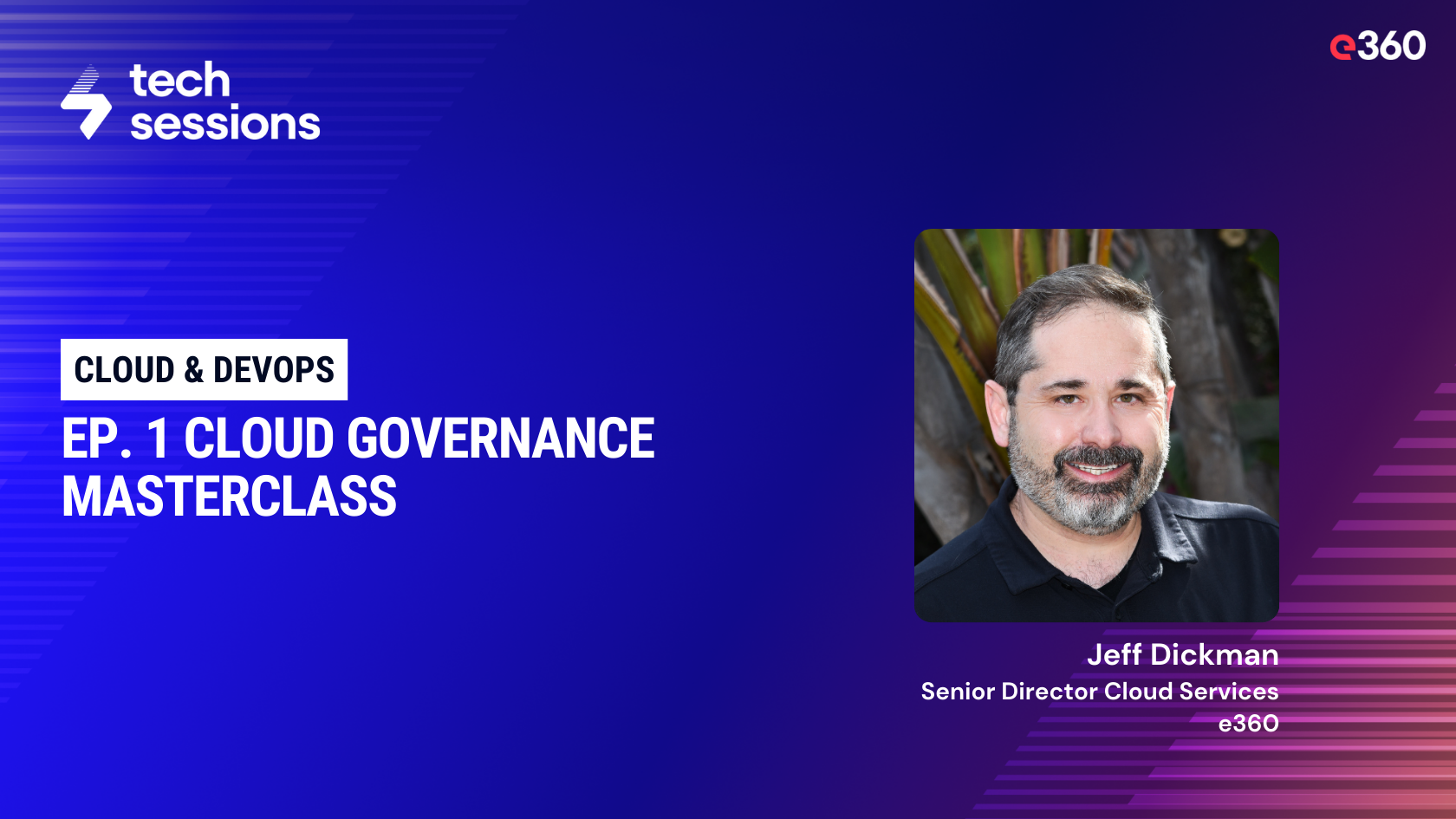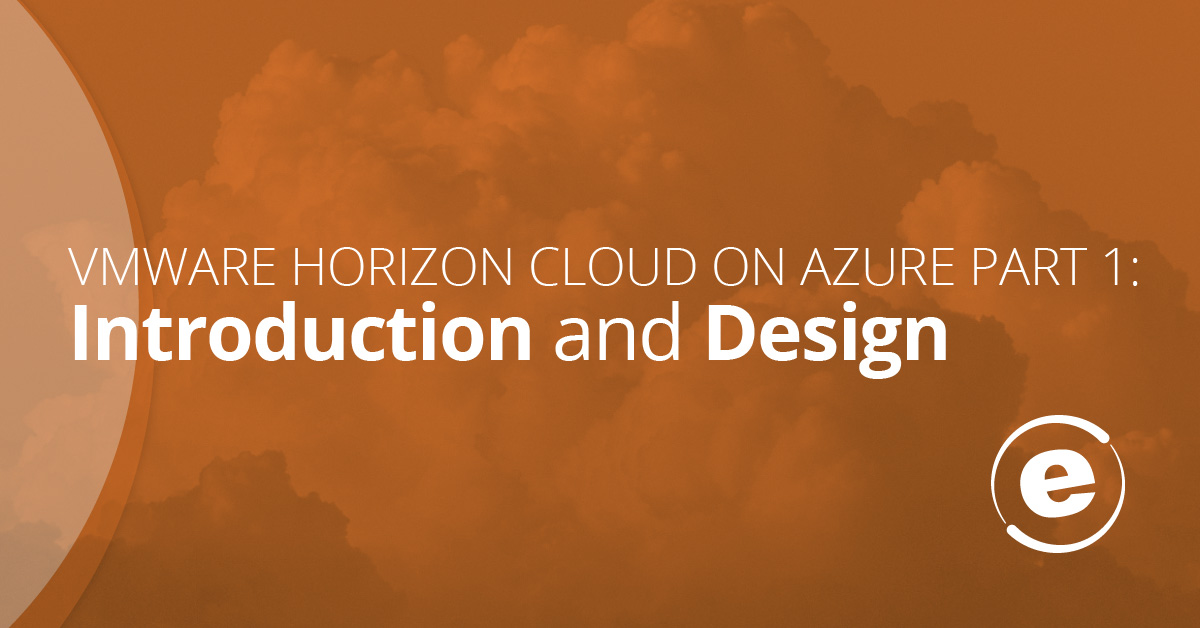By Jeff Dickman, Senior Director Cloud Architecture, e360
Managing cloud expenses can feel overwhelming, especially when faced with complex bills that span hundreds of pages or even millions of lines. However, by using tagging effectively, you can turn these detailed bills into actionable insights.
Before we dive in, check out this 2.5-minute video on why you should consider tagging for your bill management.
Step 1: Understand the Complexity of Your Cloud Bill
When you receive a bill from your cloud provider, it might initially seem like just a summary. Typically, you’ll see a fifty thousand-foot view of your spending, breaking down costs into broad categories like compute, storage, and other services. But this is just the surface.
These bills can be incredibly detailed, often requiring you to sift through pages of data. Each line item represents a resource you’ve consumed, and depending on how your cloud resources are deployed, these line items can quickly add up.
It's not that you're necessarily consuming resources in massive quantities, but rather that you’re operationally consuming resources that would normally be allocated to a capital expense. Every time you turn a service on and off, it generates a new line on the bill. Repeating this process can make your bill grow exponentially.
Step 2: Implement Tagging Across Your Cloud Resources
To make sense of this overwhelming data, tagging becomes essential. Tagging allows you to categorize your cloud resources, making it easier to track where your money is going. Tags can be anything that helps you differentiate costs, such as project names, departments, environments (like development versus production), or cost centers.
How to Implement Tagging:
-
Identify Key Categories: Determine the key categories that will help you understand your spending. Think about the different environments, projects, or departments that you want to track separately.
-
Develop a Tagging Strategy: Create a consistent tagging strategy that everyone in your organization can follow. This strategy should be standardized so that all resources are tagged in a uniform way, making it easier to analyze your costs later.
-
Apply Tags Consistently: As resources are deployed in the cloud, ensure that the appropriate tags are applied. Most cloud providers allow you to add tags during resource creation or after deployment. This step is crucial for later analysis.
Step 3: Use Cloud-Native Tools to Analyze Your Billing
With your tags in place, you can then utilize the tools provided by your cloud provider to make sense of your billing data. These tools are designed to help you drill down into the details that the summary bill doesn’t provide.
Using Cloud-Native Tools:
-
Access Detailed Billing Reports: Look beyond the PDF summary and dive into the more detailed Excel reports that your provider offers. The bill will usually be an Excel spreadsheet that can be as high as several million lines. These detailed reports allow you to see every resource that has been consumed.
-
Filter and Sort by Tags: Use your provider’s tools to filter and sort your expenses based on the tags you’ve implemented. This allows you to break down your costs by project, department, or environment, helping you see exactly where your money is going.
-
Set Budgets and Alerts: Take advantage of budgeting features that allow you to set spending limits based on your tags. This can help prevent overspending and give you a clearer picture of how your resources are being used.
Step 4: Enhance Your Analysis with FinOps Tools
While cloud-native tools are powerful, FinOps (Financial Operations) tools can provide even more advanced insights. These third-party tools offer different perspectives and angles on your spending, allowing for a deeper analysis.
Enhancing with FinOps Tools:
-
Select the Right Tool: There are many FinOps tools available, so choose one that integrates seamlessly with your cloud provider and suits your organizational needs.
-
Integrate Tagged Data: Once your FinOps tool is set up, import your cloud billing data along with the tags. These tools allow you to cross-reference your tagged data with other financial metrics, providing a more holistic view of your cloud expenses.
-
Create Functional Dashboards: Use the insights from your FinOps tool to build dashboards that can be easily shared with upper management. This makes it easier to communicate the financial state of your cloud usage.
-
Analyze and Optimize: With these tools, you can identify inefficiencies, track spending trends, and discover opportunities for cost savings. This deeper level of analysis is crucial for making informed decisions about your cloud strategy.
By implementing a robust tagging strategy and leveraging both cloud-native tools and FinOps platforms, you can improve the way your organization manages cloud expenses. You'll be able to break down that massive bill into clear, actionable insights. You'll not only understand where every dollar is going but also how to proactively control and optimize your cloud spending.
This approach drives efficiency across the entire organization. By gaining visibility into your spending patterns, you can identify areas for cost savings, ensure resources are used effectively, and ultimately make smarter, data-driven decisions that align with your organization’s goals.
To learn more about cloud governance strategies, check out our Cloud Governance Masterclass.




